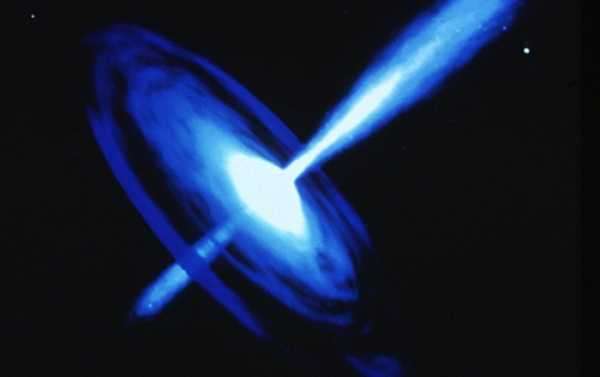
The new study points to a particular part of the gigantic celestial bodies, that sit at the cores of active galaxies, as the likely source of the particles in question.
Researchers at Pennsylvania State University have apparently managed to discover the likely origin of high-energy cosmic neutrinos that were observed by the IceCube Neutrino Observatory in Antarctica, phys.org reports.
According to the media outlet, the new model produced by scientists suggests that the coronas of supermassive black holes located at the cores of active galaxies might be where these particles come from.
As Kohta Murase, study lead and assistant professor of physics and of astronomy and astrophysics at Penn State, explained, neutrinos are “subatomic particles so tiny that their mass is nearly zero and they rarely interact with other matter”.
The scientist pointed out that they already know that “the sources of high-energy neutrinos must also create gamma rays”, thus the question they were presented with was “Where are these missing gamma rays?”
Sourse: sputniknews.com






